Brass tube fittings play a crucial role in various industries, including plumbing, HVAC, automotive, and aerospace. These fittings connect pipes and tubes, allowing fluid and gas to flow efficiently. The manufacturing process of brass tube fittings involves several stages, each requiring precision and attention to detail to ensure the quality and performance of the final product. This article will explore the key steps in the manufacturing process of brass tube fittings, from material selection to final inspection.
1. Material Selection
The first step in manufacturing brass tube fittings involves selecting the appropriate brass alloy. Brass is a copper-zinc alloy, and different alloy compositions can affect the material’s properties. Manufacturers choose alloys based on the specific requirements of the application, such as corrosion resistance, strength, and machinability.
Common brass alloys for tube fittings include:
- C36000 (Free-Cutting Brass): This alloy contains approximately 60% copper and 40% zinc. It offers excellent machinability, making it a popular choice for precision fittings.
- C37700 (Leaded Brass): This alloy includes lead, enhancing machinability and providing better performance in high-temperature applications.
- C46500 (Silicon Brass): This alloy combines copper, zinc, and silicon, offering superior corrosion resistance. Manufacturers often use it for marine applications.
Choosing the right alloy ensures that the final product meets performance standards and industry regulations.
2. Melting and Casting
After selecting the appropriate brass alloy, manufacturers proceed to the melting and casting process. This step involves heating the brass alloy in a furnace until it reaches a molten state. Manufacturers use high-temperature furnaces capable of achieving temperatures above 1,800°F (982°C).
Once the alloy melts, workers pour the molten brass into molds to create ingots or billets. The choice of mold design affects the final shape and size of the fittings. Manufacturers can use various casting methods, including sand casting, investment casting, and die casting, depending on the desired complexity and precision of the fittings.
3. Forging
Forging is a critical step in shaping brass tube fittings. During forging, manufacturers apply pressure to the heated brass to shape it into the desired form. This process increases the density and strength of the material, resulting in a more robust final product.
There are two primary forging methods:
- Hot Forging: This method involves heating the brass to a temperature above its recrystallization point. Hot forging allows manufacturers to shape the material easily while reducing the risk of cracks.
- Cold Forging: In cold forging, manufacturers shape the brass at room temperature. This method increases the hardness and strength of the material through strain hardening. Cold forging is ideal for producing smaller fittings with precise dimensions.
The choice between hot and cold forging depends on the specific requirements of the fittings, such as size, complexity, and desired mechanical properties.
4. Machining
After forging, manufacturers machine the brass fittings to achieve precise dimensions and tolerances. Machining involves removing excess material using various cutting tools, such as lathes, mills, and drills. This step ensures that the fittings meet the specifications required for proper installation and functionality.
Key machining operations include:
- Turning: This operation shapes the outer surface of the fitting. Manufacturers mount the forged brass piece on a lathe and rotate it against a cutting tool to achieve the desired diameter.
- Milling: In milling, manufacturers use rotating cutters to remove material from the fitting. This process creates flat surfaces, grooves, and other features necessary for the fitting’s design.
- Drilling: Manufacturers drill holes in the fittings for threads, mounting, or other purposes. Precision drilling ensures that holes align correctly and maintain the desired depth.
Machining requires skilled operators who understand the characteristics of brass and the proper techniques to achieve the desired finish.
5. Heat Treatment
Heat treatment enhances the mechanical properties of brass tube fittings. This process involves heating the fittings to a specific temperature and then cooling them at a controlled rate. Heat treatment improves strength, hardness, and ductility.
Common heat treatment methods for brass fittings include:
- Annealing: This process involves heating the fittings to a specific temperature and then cooling them slowly. Annealing reduces internal stresses, increases ductility, and improves machinability.
- Aging: Aging involves heating the fittings to a lower temperature for an extended period. This process helps achieve a balance between strength and ductility, making the fittings suitable for various applications.
Heat treatment requirements depend on the specific alloy used and the intended application of the fittings.
6. Surface Treatment
Surface treatment enhances the corrosion resistance and aesthetic appeal of brass tube fittings. Manufacturers can apply various surface treatments based on the intended use and environment in which the fittings will operate.
Common surface treatments include:
- Plating: Manufacturers often plate brass fittings with a thin layer of another metal, such as nickel or chrome. This process enhances corrosion resistance and provides a polished finish.
- Coating: Protective coatings can prevent corrosion and wear. Manufacturers may use powder coating or liquid coatings to create a barrier between the fitting and its environment.
- Polishing: Polishing brass fittings improves their appearance by removing surface imperfections and enhancing their shine. This step is particularly important for decorative applications.
Proper surface treatment ensures that the fittings maintain their performance and appearance over time.
7. Quality Control and Inspection
Quality control is crucial throughout the manufacturing process. Manufacturers implement strict inspection protocols to ensure that each fitting meets the required standards and specifications.
Key quality control measures include:
- Dimensional Inspection: Inspectors measure the dimensions of the fittings using precision tools, such as calipers and micrometers. This step verifies that the fittings meet the specified tolerances.
- Visual Inspection: Inspectors examine the fittings for surface defects, such as scratches, dents, or discoloration. Any fittings with visible imperfections may undergo rework or be discarded.
- Mechanical Testing: Manufacturers may conduct mechanical tests to evaluate the strength and performance of the fittings. Common tests include tensile strength, hardness, and impact resistance.
Implementing a robust quality control program ensures that only high-quality fittings reach customers.
8. Packaging and Shipping
Once the fittings pass quality inspections, manufacturers prepare them for packaging and shipping. Proper packaging protects the fittings from damage during transportation and storage. Manufacturers use various packaging materials, including boxes, bubble wrap, and pallets, to ensure safe delivery.
During shipping, manufacturers may provide documentation, such as certificates of compliance or material safety data sheets (MSDS), to inform customers about the products’ specifications and safety information.
List of Top Brass Tube Fittings Suppliers
| Company Name | Location | Years Of Experience | Certificates |
| IFAN | Zhuji, China | 1993 | ISO certification |
| ASC Engineered Solutions | USA | 2019 | ISO certification |
| Patel Precision Works | India | over 21 years | ISO certification |
| RED-WHITE VALVE CORP | USA | 1971 | ISO certification |
| SVF Flow Controls | USA | 1988 | ISO certification |
IFAN international standard for Brass Tube Fittings
IFAN adheres to several international standards, ensuring the quality and reliability of its products. These include ISO 15875, GB-T 18992, DIN 16892, ASTM F877, ASTM F2788, BS 7291, BS EN ISO 15875, and CSA B137, among others. By complying with these rigorous standards, IFAN guarantees that its plumbing systems meet the highest global requirements for safety, durability, and performance. These certifications demonstrate IFAN’s commitment to delivering products that are widely accepted and trusted across various industries worldwide.
Conclusion
Brass tube fittings excel in high-temperature resistance, making them a reliable choice for various applications. Their unique combination of copper and zinc provides excellent strength, durability, and thermal conductivity, ensuring reliable performance even in extreme conditions. Industries such as plumbing, gas, HVAC, and manufacturing rely on brass fittings for their ability to withstand heat while maintaining structural integrity.
With minimal maintenance requirements and long-lasting durability, brass tube fittings represent a smart investment for businesses seeking efficient and reliable connections. Understanding the factors that influence their performance allows users to make informed decisions when selecting fittings for high-temperature applications. Ultimately, the benefits of brass tube fittings make them a superior choice for anyone seeking high-quality, durable, and effective solutions for their piping and tubing needs.
Connect
IFAN is a Chinese manufacturer of plastic pipes, fittings and valves with 30 years of experience. If you are interest in IFAN copper fittings, copper valves, plastic pipes and fittings, please contact us. IFAN offers you a variety of standard pipes to meet your specific needs. Click below to learn more about IFAN’s wide range of affordable and cost-effective valve products and piping system related products.
We will reply your email or fax within 24 hours.
You can call us at any time if there is any question on our production.
For more information,pls visit our webside https://ifanpro.com/
Pls Mailto: [email protected]
Whatsapp: + 86 19857948982

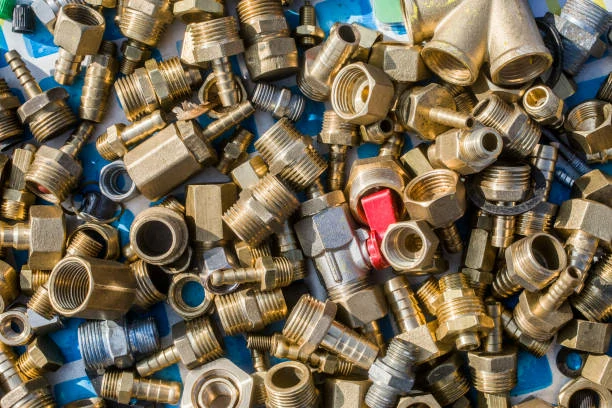
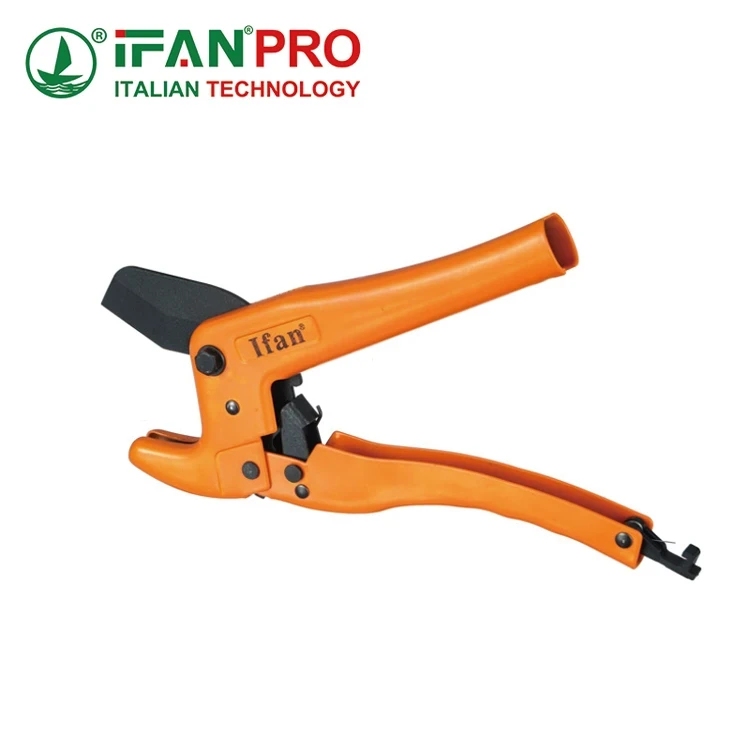
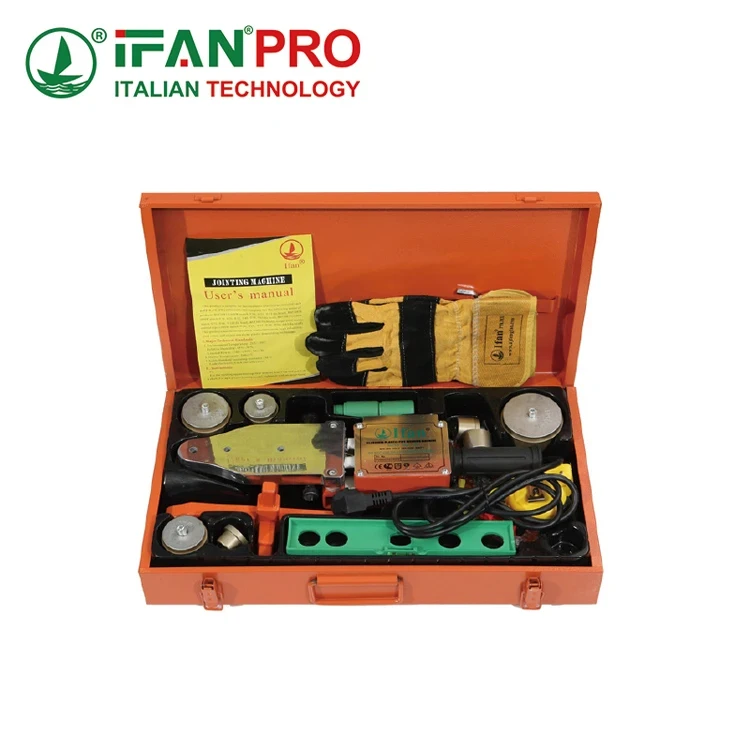


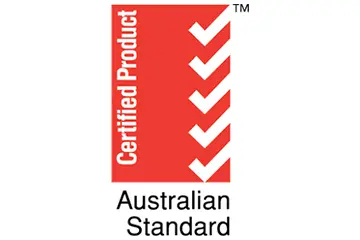





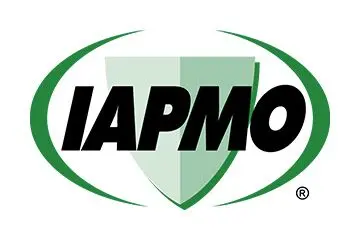
Recent Comments